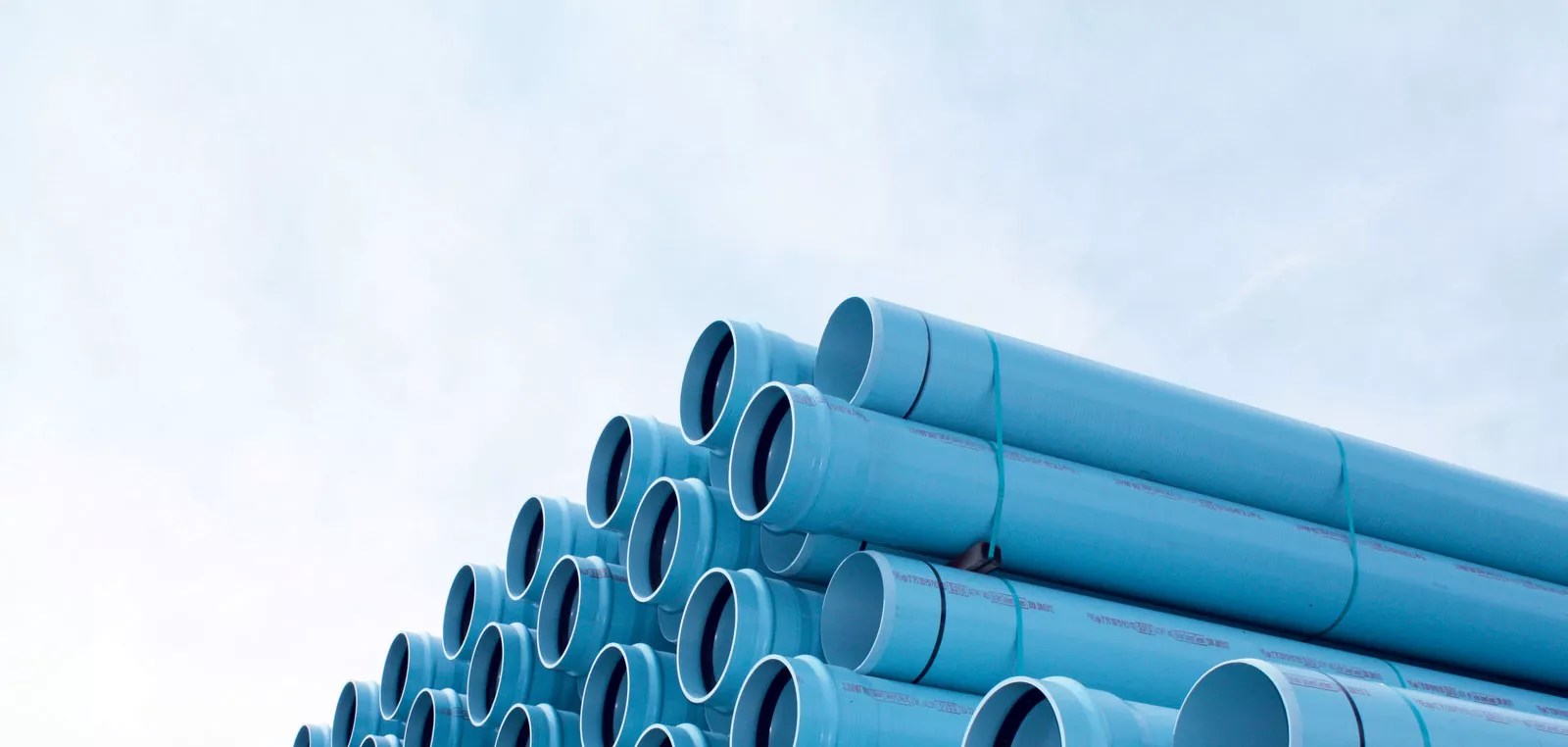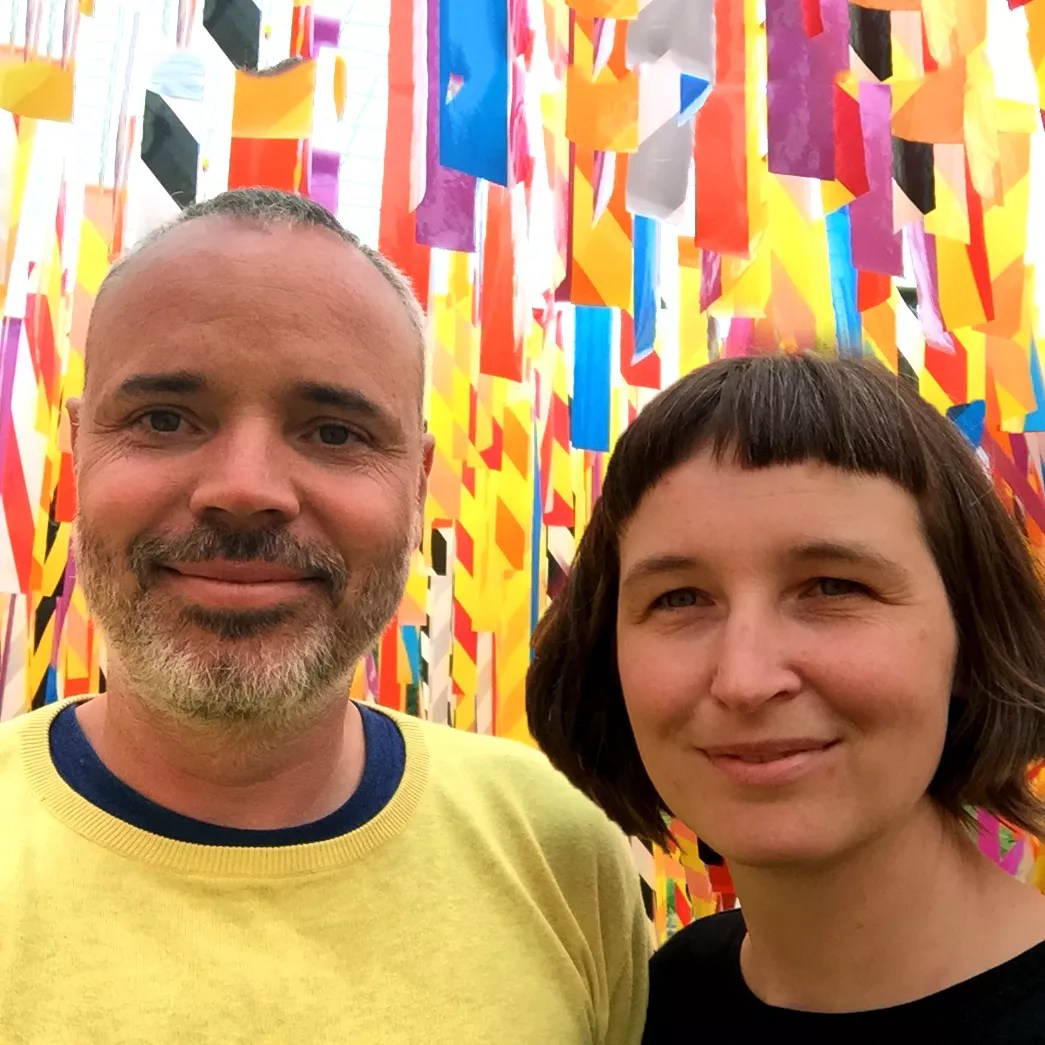
Courtesy of JM Eagle

Audio By Carbonatix
What lies beneath Denver’s streets? There aren’t the same titillating conspiracy theories that underpin the city’s airport, which some believe was built by the New World Order, with tunnels underneath to serve as clandestine lairs for meetings with aliens. But troubling issues still fester below, and they directly impact the society above.
The streets will be filled with people hoping to find solutions to such problems when Denver welcomes mayors and leaders from cities and towns across the Western Hemisphere for the very first Cities Summit of the Americas, which takes place at the Colorado Convention Center April 26 through 28, with related events before and after. Arranged by the U.S. Department of State, the City of Denver and the State of Colorado in partnership with the Biennial of the Americas, the summit aims to find answers to challenges that spill across borders at a meeting of the minds around the theme “Global challenges, local solutions.”
To honor the inaugural summit, Tail Tracks, a public plaza at 1550 Wewatta Street, will be renamed Plaza of the Americas. And that isn’t the only change: A large art installation titled Pipelines will grace the space through September 10. A celebration for both the summit and the interactive artwork will be held there on Tuesday, April 25, with the Toronto-based artists behind the installation, Julia Jamrozik and Coryn Kempster, on hand.
The artists were found by Black Cube Nomadic Art Museum, the nonprofit known for mounting site-specific contemporary art installations and earthworks throughout Colorado. And Pipelines isn’t the first installation it’s commissioned for the plaza.
“Black Cube has a relationship with the Biennial of the Americas and the Met District, which oversees this plaza, to do an annual art installation,” says Cortney Stell, Black Cube’s executive director, co-founder and chief curator. “We did the first art installation last year with Mexican artist Gabriel Rico. We did a series of totems that were composed of objects donated from the community, then designed a whole augmented-reality app and experience around it.”
Pipelines, meanwhile, comprises 100 repurposed PVC water and sewage pipes that “are used in cities all across the world, but also America specifically,” Stell notes. The pipes are intricately arranged in an interactive design to invite passersby to sit within the installation and ponder its meaning. And no, it isn’t an homage to construction on the nearby 16th Street Mall: The brightly colored pipes and their latticed structure make it clear that this is an art installation – and a thought-provoking one, at that. Pipelines fits right into Black Cube’s body of work, which always provides commentary on its respective surroundings.
“Because we were opening the project during the Cities Summit, when I was thinking about curating this project, I wanted to make sure that the work had some resonance with things that the mayors and cities are considering,” Stell explains. “And I feel like the 500-pound gorilla in the room in any American city is our relationship with water. It’s such a basic resource, but it’s also such a contentious and changing resource in all cities, so I felt like it was really something that we could all rally around for a conversation.”

Pipelines is the first Colorado installation by Toronto artists Coryn Kempster and Julia Jamrozik.
Courtesy of Black Cube
And Stell wanted to take her time in selecting the perfect artist to stoke that conversation, especially since the commission was for such a monumental project. She researched many artists and visited their studios before assembling a shortlist, and asked the contenders to create proposals that speak to common issues relating to public space. “I looked at two different artists and selected projects from them, then I brought those projects to the Met District Board and the Biennial of the Americas executive director. We had a conversation about those two finalists’ proposals, and collectively, we just decided to move forward with Pipelines,” Stell recalls.
That proposal came from the accomplished duo of Kempster and Jamrozik, who are known for their design work and site-based installations. The pair has exhibited and presented around the world, most recently with an exhibition in Marseilles, France, that plays off their 2021 book, Growing Up Modern: Childhoods in Iconic Homes. They were even included in the 2020 Sandu book Urban Interventions: Design Ideas for the Public Space, with a chapter titled “Art as Social Infrastructures: Building Connection Through Play.”
“I reached out to them because I was interested in their conversation about social infrastructure,” Stell explains. “They believe that infrastructure is not only related to electrical lines, water, sewers – all these very sort of practical things that we commonly think of as infrastructure – but they also want to say that the social fabric of our relations, how connected we are as a community, is also an important infrastructure. They’re very interested in public space and having conversations about how we interact and connect in public space.”
But before confirming the project, Stell wanted to ensure that Black Cube could secure a material donation, because an installation of real pipelines would otherwise be an expensive project to fund. “We worked with the pipe manufacturer, JM Eagle. They’re the world’s largest water pipe manufacturer, and they have an office in Pueblo. So when we were ideating this project with the artists, they were able to find this office locally, and then we made contact with them to see if they had any pipes that we could use or pipes they could donate,” Stell explains. “And JM Eagle ended up donating the pipes for this project, which really made it possible, because the material donation was around $45,000.”
Pipelines is Kempster and Jamrozik’s first installation in Colorado. The entire assembly took about ten days, and the resulting installation is immense. “These PVC water pipes are huge,” Stell notes. “They’re heavy pipes built for major infrastructure, and we’re creating this latticed installation that’s 115 feet by 22 feet. So it’s like a full city block.”
It was important for the installation to be interactive so that people can engage with it. And the more people see it, the more curious they will be about the meaning – or so the artists hope. “It’s kind of a seating or hangout area, or kids can climb and play over [the pipes],” Stell says. “It’s a very abstract installation. It doesn’t look like a playground, but it looks touchable; it’s low to the ground. We’ll have signage all around the installation as well, but it’s a very abstract graphic installation.”
Other than its behemoth size and intriguing shape, one of Pipelines‘ conversation-starters is the meaning behind the pipes’ colors of blue, green and pinkish-purple. “I hope that some people have a deeper relationship with this material and think, ‘Oh, this is what’s beneath our ground everywhere,'” Stell says. “That they understand that these different colors of pipes have different meanings: The blue pipes mean fresh water or drinking water, purple pipes mean reclaimed water that undergoes filtration and is reused water, and green pipes are for sewer or drain lines.”
The artists were very intentional about their choice of materials, Stell notes: “They’re using them to recall the cyclical nature of water management, of supply, of waste, of recycling.”
And by making visible a system that’s unseen underground and often taken for granted, the artists also intend to unearth the issues that come with it. “There’s so much going on in our city with water,” Stell says. “In Denver, we’re replacing lead water lines all throughout the city right now with this PVC. There are issues with Flint, Michigan, with toxic water. There are all kinds of issues with the state because we export a lot of our water to other states across the region. So I feel Pipelines touches on a lot of these deep issues in our community. But hopefully, by having this material presented in a more playful and public way, people don’t think about it in such a contentious way. Maybe they can come at it from a different angle.”
Concludes Stell: “I hope people’s daily environment is stimulated with something new that makes them think about public space, water infrastructure and social interaction.”
Pipelines public opening celebration, 4 to 7 p.m. Tuesday, April 25, 1550 Wewatta Street. Learn more about the Cities Summit at citiessummitoftheamericas.org; learn about Black Cube at blackcube.art.